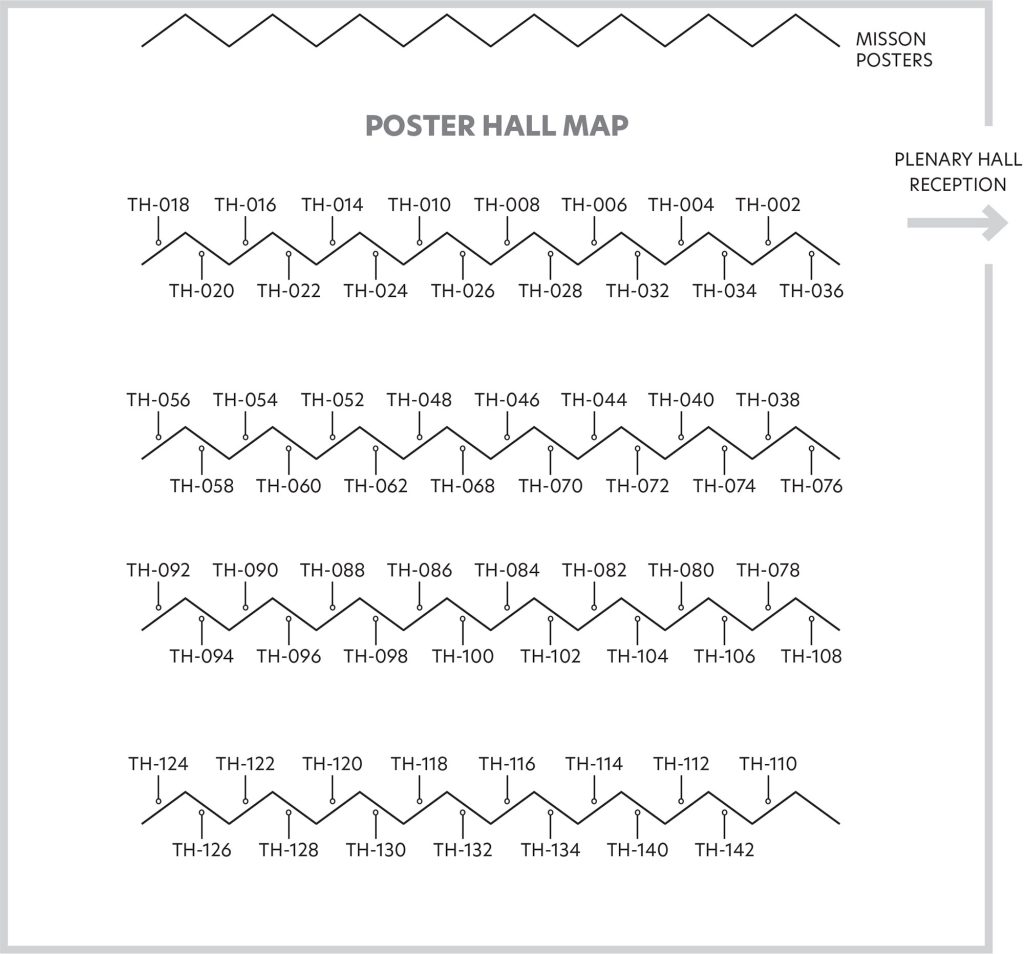POSTER Session 4
Thursday, October 10
11:10–12:50
Poster Session | 1 | 2 | 3 | 4 | Instructions | Schedule at a Glance
ABSTRACT 758 | POSTER TH-020
GENERALIZATION OF THE DARK SPECTRUM FITTING METHOD FOR ESTIMATION OF AEROSOL PROPERTIES UNDER ADJACENCY
The Dark Spectrum Fitting (DSF) is a physically-based method for estimation of aerosol properties from at-sensor radiance, in order to perform compensation for atmospheric effects and retrieve surface reflectances. It was initially developed as a high resolution (< 60 m) generalization of the dark NIR/SWIR approach, removing a dependency on waveband composition. It has since been demonstrated to work on medium (300 m to 1000 m) and low (> 1000 m) resolution sensors. However, the DSF was developed under the homogeneous surface reflectance framework and cannot incorporate adjacency effects. Here we further generalize the DSF method to physically incorporate the effects of diffuse transmittance over heterogeneous surfaces: the TOA-Surface Dark Spectrum Fitting (TS-DSF). The advantage of this approach is computational efficiency for adjacency correction, as no iterative processing of the imagery is required. The method is based on an hypothetical quantity that can be estimated from the measured signal. This hypothetical quantity is the at-sensor radiance if all the upward transmission of the atmosphere were diffuse. Over the darkest pixels at the surface, the ratio of the path-corrected measurement to the path-corrected hypothetical quantity is equal to the diffuse fraction of the upward transmittance. Since the path signal and the diffuse fraction are functions of aerosol optical thickness for a given aerosol model, this equation has a single unknown and can be solved by optimization on scalar variables. The method is implemented in the ACOLITE atmospheric correction code, where it provides aerosol properties for the new adjacency correction module, RAdCor. TS-DSF is demonstrated and validated through simulations and real imagery for three resolution sensors: OLI, MSI, PlanetDove. Validation with real imagery compare the aerosol model and optical thickness estimation from TS-DSF with aerosol properties required to match, through RAdCor processing, the sensor reflectance to in situ measurements. The performance of TS-DFS/RAdCor/ACOLITE will be demonstrated over small Belgian lakes.
Alexandre Castagna, Gent University, Belgium, [email protected], https://orcid.org/0000-0002-6069-1574
Quinten Vanhellemont, Royal Belgian Institute of Natural Sciences, Belgium, [email protected], https://orcid.org/0000-0001-9195-6347
Poster Session | 1 | 2 | 3 | 4 |
Instructions | Schedule at a Glance
Questions?
Contact Jenny Ramarui,
Conference Coordinator,
at [email protected]
or (1) 301-251-7708

